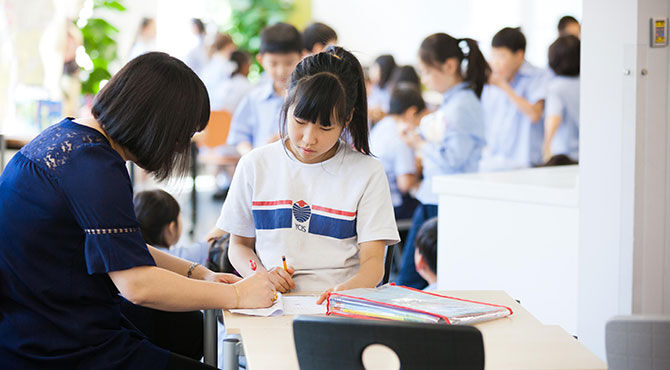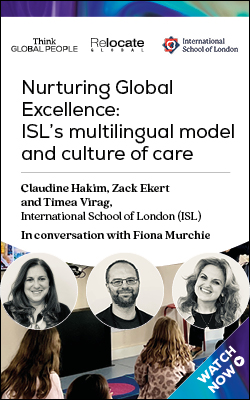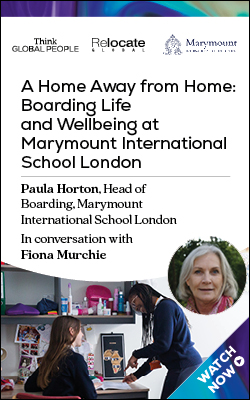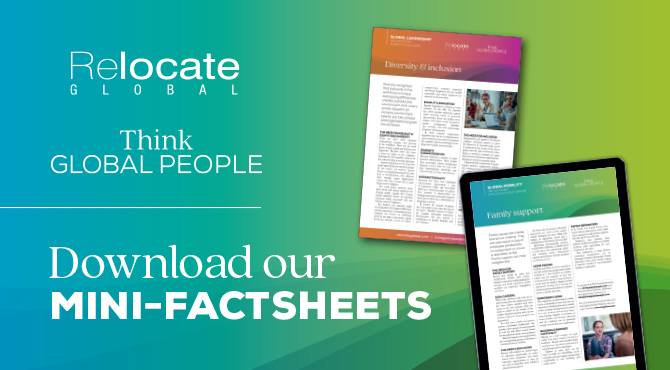Benefits of a Chinese-English Co-Teaching Model
Yew Chung International School of Beijing uses a bilingual co-teaching education model. But how does this work in practice and what are the many benefits? Ms April Peng, the school's primary Chinese curriculum coordinator explains.

What does Chinese-English co-teaching look like?
For many parents, co-teaching can be hard to visualise. A real co-teaching classroom does not mean one English teacher with a Chinese-speaking assistant or vice-versa. True co-teaching means one Chinese teacher and one Western teacher for each Primary class.The teachers share all of the class management, planning, and decision-making responsibilities. Lessons are led in both tongues, presentations and materials are in Chinese and English, and students complete exercises and activities bilingually.
Get up to speed with the latest education news by visiting Relocateglobal.com/education
Maximise learning efficiency
All Maths, Science, Geography and History classes are co-taught. Co-Teachers jointly plan lessons together ahead of time.According to the learning objectives, Co-Teachers will select from a number of different effective co-teaching modes, including one teaching/one supporting, station teaching, parallel teaching, alternative teaching, and team teaching, to maximise learning efficiency and meet the needs of students.Related news:
- A new era for expatriate education in China?
- Making quality international education accessible in Hong Kong
- International schools open up across Europe and Asia
An integrated curriculum
At YCIS Beijing we use the English National Curriculum, however an important aspect of our co-teaching is to integrate Chinese culture and references into the curriculum. This helps our students develop an understanding of the customs and tradition of the country they live in, bringing about a sense of cultural fluency and helping them feel at home in China. In addition, having a full understanding of Chinese culture aids language acquisition and contributes to our bilingual programme.Exploring while learning
One of the more entertaining aspects of this bilingual and bicultural programme is comparative study. During these units, students compare all kinds of Chinese and Western counterparts, such as Zheng He and Magellan, courtyard dwellings and European houses, traditional Chinese medicine and Western medicine, China’s aviation history and Western aviation history, etc.Students move back and forth between different times, spaces, and cultures, exploring their topics while becoming fully rounded and bilingual learners.Relocate’s new Global Mobility Toolkit provides free information, practical advice and support for HR, global mobility managers and global teams operating overseas. Access hundreds of global services and suppliers in our Online Directory
Access hundreds of global services and suppliers in our Online Directory
©2025 Re:locate magazine, published by Profile Locations, Spray Hill, Hastings Road, Lamberhurst, Kent TN3 8JB. All rights reserved. This publication (or any part thereof) may not be reproduced in any form without the prior written permission of Profile Locations. Profile Locations accepts no liability for the accuracy of the contents or any opinions expressed herein.






































